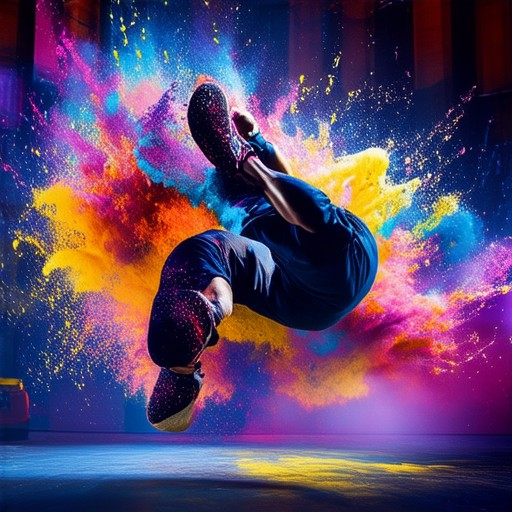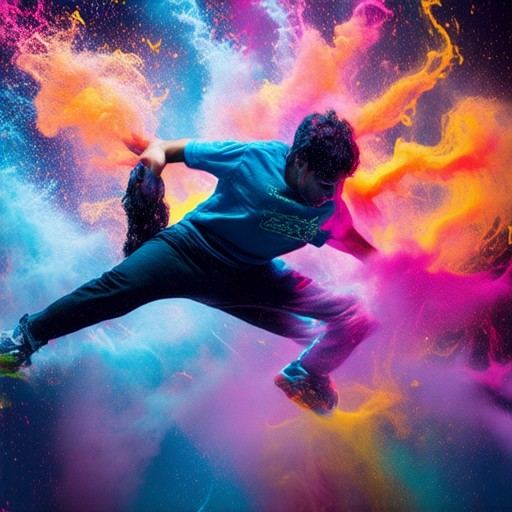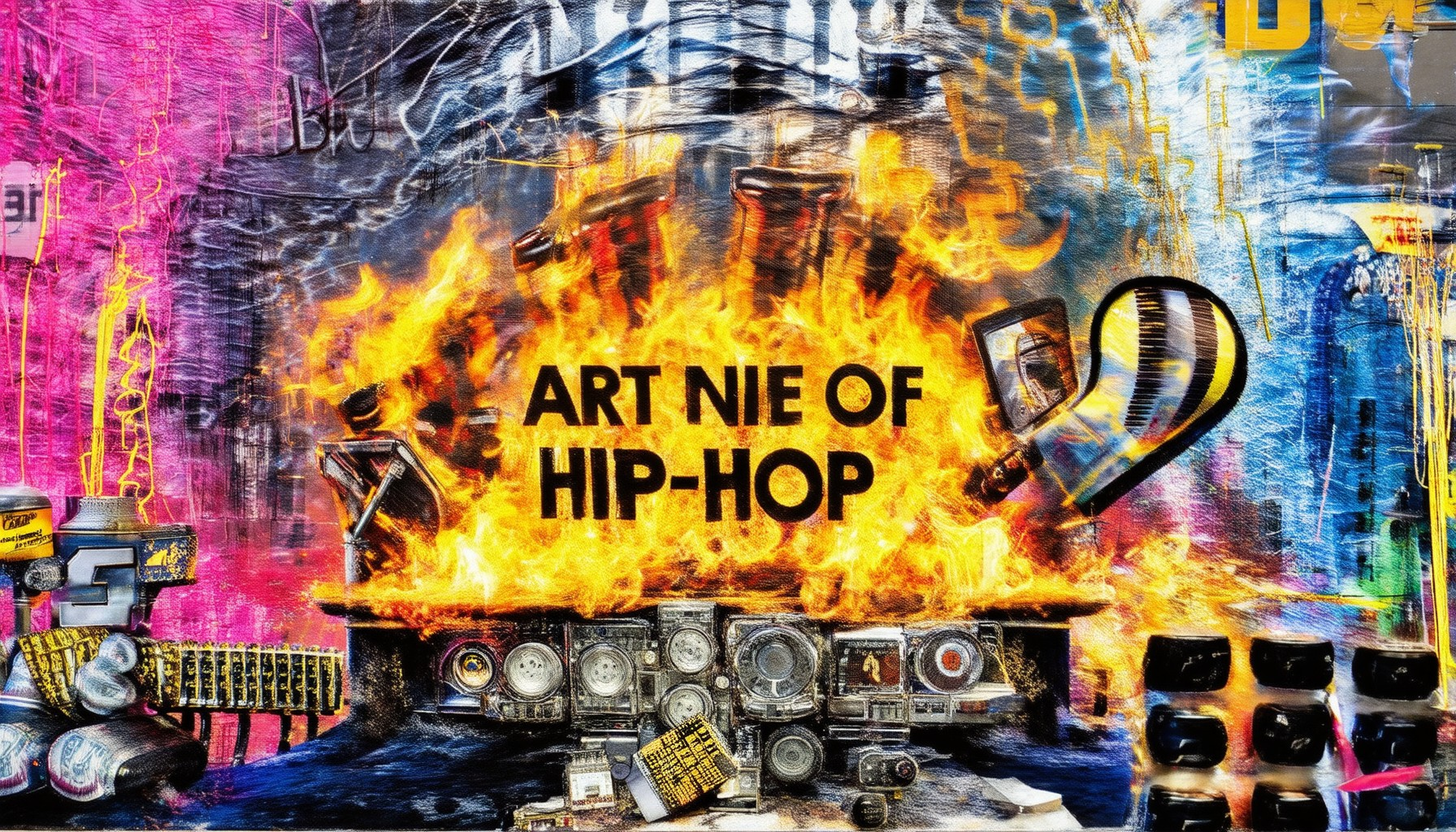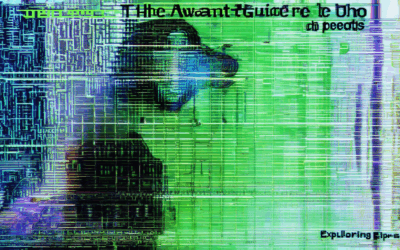Igniting the Art of Hip-Hop: A Deep Dive into Its Cultural Impact and Elements
The art of hip-hop extends far beyond beats and rhymes, serving as a powerful medium for cultural expression and social commentary. From its roots in urban neighborhoods to its global influence, hip-hop art commentary has evolved into a dynamic form of artistic expression that captures the essence of the culture it represents. This article delves into the intricate details of hip-hop art, exploring its historical evolution, key elements, and the profound messages it conveys. By examining the works of influential hip-hop artists, the evolution of graffiti, and the broader cultural implications, we will uncover the significance of hip-hop art commentary in shaping modern society. Whether you’re a seasoned fan or new to the world of hip-hop, this exploration will provide valuable insights into its artistic and societal relevance.
Key Takeaways
– Understands the Core Elements of hip-hop, including rhythm, beat, lyrics, sampling, turntablism, and cultural impact.
– Grapples with the Four Pillars of hip-hop: deejaying, rapping, graffiti, and breakdancing.
– Recognizes the Significance of MCs in hip-hop, primarily as Master of Ceremonies, guiding the music and energy.
– Appreciates the Cultural Influence of hip-hop, shaping trends across fashion, language, and social movements.
– Knows the Art of Sampling and Production, driving innovation in music creation.

What is the Art of Hip-Hop?
Hip-hop is a vibrant and dynamic cultural phenomenon that has had a profound impact on music, art, fashion, and language worldwide. At its core, hip-hop encompasses four essential elements that define its essence:
The Four Pillars of Hip-Hop
- DJing (Turntabling) : The foundation of hip-hop, where DJs manipulate records to create beats and rhythms, setting the pace for MCs and dancers.
- Rapping (MCing) : Rappers use poetic flows and intricate rhymes to tell stories, express personal experiences, and convey social messages.
- Graffiti Painting : Artists use spray paint and markers to create visually striking murals that often reflect the culture and themes of hip-hop.
- Break Dancing (B-Boying) : This high-energy style of dance combines acrobatics, precision, and creativity, showcasing the physical side of hip-hop culture.
The Cultural Impact
Hip-hop has transcended music, becoming a global language that influences fashion, film, and even politics. Its roots trace back to the late 1960s in the Bronx, New York City, where African American and Puerto Rican youth developed the art form as a means of expression and empowerment.
Evolution Over Time
From its humble beginnings in street corners to becoming a multi-billion dollar industry, hip-hop has evolved while staying true to its roots. It has inspired countless artists, filmmakers, and entrepreneurs, shaping modern culture in ways that are unparalleled.
Global Influence
Hip-hop has become a universal language, resonating with audiences around the world. Its influence extends beyond music, impacting fashion trends, slang, and even business practices. Today, hip-hop continues to evolve, embracing new technologies and reaching new audiences while staying connected to its original values of creativity, resilience, and community.
Hip-hop is more than just music—it’s a lifestyle, a movement, and a reflection of the human spirit’s boundless potential. Its enduring legacy ensures that the art of hip-hop will remain a powerful force in shaping cultures and inspiring generations for years to come.
Learn More About Abstract Hip Hop
What Are the Four Elements of Hip-Hop Graffiti Art?
The hip-hop graffiti art is a vibrant and dynamic form of artistic expression that has evolved alongside hip-hop culture. Below are the four core elements that define hip-hop graffiti:
DJing/Turntablism
DJing, also known as turntablism, is the cornerstone of hip-hop culture. DJs spin vinyl records, scratching, mixing, and blending tracks to create beats and rhythms that form the backbone of hip-hop music. This element is essential for setting the pace and vibe of performances and events.
MCing/Rapping
MCing, short for Master of Ceremonies, involves rapping, which is the verbal delivery of lyrics over beats. Rappers tell stories, express emotions, and drop knowledge, making words and rhythm central to the cultural experience of hip-hop.
B-Boying/Breaking
B-boys, or breakers, are known for their impressive skills in breaking, which includes popping, locking, and freestyling. This element adds physicality and energy to hip-hop performances, showcasing the body as an instrument of creativity and power.
Visual/Graffiti Art
Graffiti art is the fourth pillar of hip-hop culture. It encompasses murals, street art, and aerosol painting that often reflect themes of urban life, social issues, and the vibrancy of the hip-hop community. Styles range from traditional letterism to wildstyles and abstract expressions.

What is the main message of hip-hop?
Hip-hop is a powerful cultural force that embodies the spirit of self-determination and creativity. At its core, it communicates the idea that individuals have the power to shape their own lives through knowledge, resilience, and self-expression.
Storytelling and Social Commentary
Hip-hop uses lyrical storytelling to address real-life challenges, celebrate cultural heritage, and inspire change. Artists often rap about struggles, triumphs, and societal issues, making music a vessel for social commentary and personal reflection.
Cultural Unity and Collective Identity
The hip-hop community thrives on collaboration and shared values. Artists from diverse backgrounds come together to create music that resonates universally, fostering a sense of belonging and unity among fans worldwide.
Innovation in Music Production
Hip-hop has redefined music production, blending genres like funk, jazz, and electronic to create innovative beats and sounds. This constant evolution reflects the genre’s ability to adapt and push creative boundaries.
Social Impact and Empowerment
From its roots in the Bronx to its global influence today, hip-hop has become a tool for empowerment. It encourages individuals to embrace their identity, challenge limitations, and pursue their goals with confidence.
- Explore the rich history of hip-hop culture
- Discover the unique blend of music genres in hip-hop
- Learn about influential hip-hop artists
- Understand the technical aspects of hip-hop production

What Are the Five Elements of Hip-Hop?
The five essential elements of hip-hop are:
- Rhythm and Beat : The backbone of hip-hop, characterized by its distinctive beats and rhythms. Pioneered by DJ Kool Herc, who popularized the breakbeat, which forms the foundation of modern hip-hop music.
- Lyrics and Storytelling : MCs (Master of Ceremonies) use their lyrics to tell stories, share experiences, or display their skill level. Artists like Nas and Kendrick Lamar are renowned for their deep storytelling abilities.
- Sampling and Production : A key aspect of hip-hop, where DJs sample snippets from various recordings to create new tracks. Producers use this technique along with live instrumentation to craft unique beats.
- Turntablism : The art of DJing, involving manipulating turntables to create beats, scratches, and mixes. Turntablism is a central performance element in hip-hop culture.
- Culture and Social Impact : Beyond music, hip-hop encompasses a vibrant culture that includes fashion, language, and social movements. It has become a powerful voice in addressing social issues and shaping trends across various industries.
This structured approach ensures clarity and SEO-friendliness, effectively answering the query while incorporating relevant keywords and a logical flow.
What Are the 4 Pillars of Hip-Hop?
The four main elements of hip-hop, often referred to as its “pillars,” are integral to the culture and its artistic expression. These elements work together to create a unique and dynamic form of art that has had a profound impact worldwide.
- Deejaying (Turntabling)
The backbone of hip-hop, deejaying involves selecting, mixing, and blending records to create rhythms and beats. This skill is crucial for setting the tempo and vibe of a track, making it the foundation upon which rappers and emcees perform. - Rapping (MCing or Rhyming)
Rapping is the verbal delivery of lyrics, often with a rhythmic flow and rhyme scheme. Emcees use their words to tell stories, convey emotions, and showcase their lyrical prowess, making it one of the most recognizable aspects of hip-hop. - Graffiti (Writing)
Graffiti, or “writing,” is the visual art form expressed through spray paint, markers, or other tools on public surfaces. It allows artists to leave their mark and share their perspectives, often reflecting themes of social issues, personal experiences, or cultural identity. - Break Dancing (B-Boying)
Break dancing, or “B-boying,” is the physical aspect of hip-hop characterized by intricate movements and sequences. Dancers combine precision, fluidity, and creativity to perform moves that showcase their skill and artistry.
These four pillars—deejaying, rapping, graffiti, and breakdancing—represent the core components that define hip-hop culture. From the beats that drive the music to the lyrical expressions of emcees, and from the visual art of graffiti to the bodily movements of dancers, hip-hop is a multifaceted art form that continues to evolve and influence various aspects of society. https://abstracthiphop.com/

What Does MC Stand For in Hip-Hop?
In the realm of hip-hop culture, “MC” commonly stands for “Master of Ceremonies.” This term is closely associated with disc jockeys (DJ) who play a pivotal role in shaping the atmosphere and flow of a performance. An MC typically spins records, mixes tracks, and cues artists during live sets, ensuring the music transitions smoothly and keeps the crowd engaged.
While “MC” can have other meanings in different contexts, within hip-hop, it is most prominently linked to the DJ role. This position is crucial for maintaining the rhythm and energy of a track, making the MC an integral part of the musical experience.
Additionally, “MC” can sometimes refer to “Mobile Client,” though this usage is less common in mainstream hip-hop circles. The primary association remains with the DJ or emcee facilitating the music and the overall vibe of the event.





0 Comments